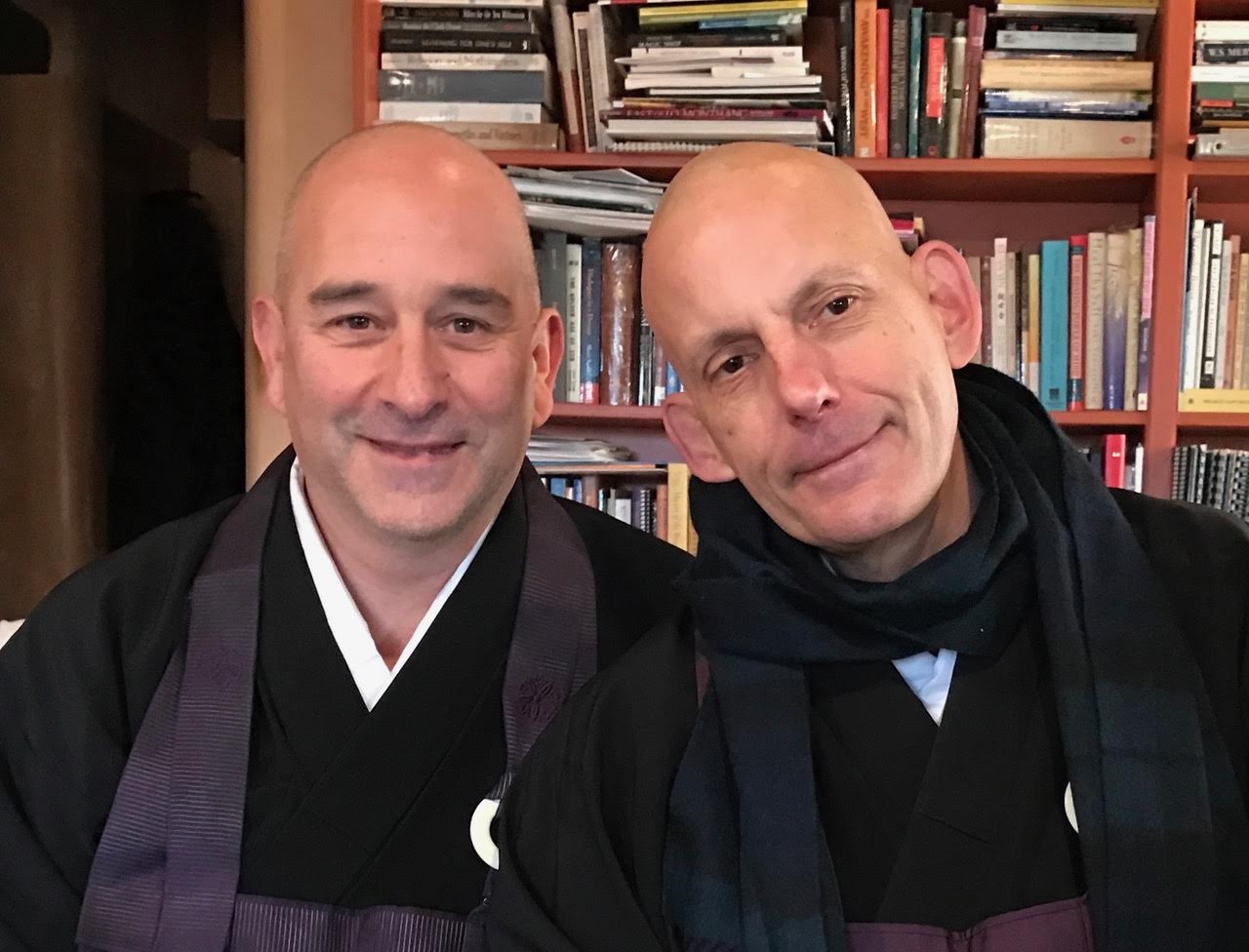Recently I've been reading some of the Mahayana sutras that have historically informed our practice. I really enjoyed the Vimalakirti Suutra and the Platform Sutra, and of course, the Heart Sutra is unsurpassed (which is something a lot of the sutras claim).
Then I came to the Lotus Sutra, the sutra some Buddhists call "the king of the sutras". There are even schools of practice, like Nichiren Buddhism, that are based entirely on chanting the Lotus Sutra.
I found the Lotus Sutra confusing. Buddhas and bodhisattvas hanging out in the air, dead Buddhas coming out of floating stupas, Shakyamuni Buddha shooting rays of light out of the tuft of hair between his eyebrows, and of course the frequent mention of kopis of kalpas of innumerable grains in the Ganges river. There was so much going on and it was all so fantastical and strange that I found it all bewildering and derived little benefit or understanding from reading the sutra.
Right now I'm not sure why people hold the Lotus Sutra in such high regard.
Anybody have any idea of what is going on here?
Gassho,
Mitka
SAT
Then I came to the Lotus Sutra, the sutra some Buddhists call "the king of the sutras". There are even schools of practice, like Nichiren Buddhism, that are based entirely on chanting the Lotus Sutra.
I found the Lotus Sutra confusing. Buddhas and bodhisattvas hanging out in the air, dead Buddhas coming out of floating stupas, Shakyamuni Buddha shooting rays of light out of the tuft of hair between his eyebrows, and of course the frequent mention of kopis of kalpas of innumerable grains in the Ganges river. There was so much going on and it was all so fantastical and strange that I found it all bewildering and derived little benefit or understanding from reading the sutra.
Right now I'm not sure why people hold the Lotus Sutra in such high regard.
Anybody have any idea of what is going on here?
Gassho,
Mitka
SAT

 Remember the scene from the Being John Malkovich movie in which everyone is John Malkovich ... the book is kinda like that about Being Buddha ...
Remember the scene from the Being John Malkovich movie in which everyone is John Malkovich ... the book is kinda like that about Being Buddha ...  ) to get good people out of the burning house of ignorance, but it is really all one vehicle. The fathers in the stories who entice their children out of a burning house with promises of toys, or to take their medicine by adding sugar when sick, represent this.
) to get good people out of the burning house of ignorance, but it is really all one vehicle. The fathers in the stories who entice their children out of a burning house with promises of toys, or to take their medicine by adding sugar when sick, represent this.




 ). Also unsure why this is considered skillful means, does it mean that Buddha died so that he could be present whenever an earnest seeker studies the dharma?
). Also unsure why this is considered skillful means, does it mean that Buddha died so that he could be present whenever an earnest seeker studies the dharma?

Comment